Introduction Korean Grammar ‘-라고/다고 하다’
Learning Korean grammar can be challenging, but breaking it down into manageable lessons can make it easier. Today, we will explore the grammar pattern ‘-라고/다고 하다,’ which is used to report speech, thoughts, or information in Korean. This lesson will help you understand and use this form effectively.
Learn Korean with JAEM : Improve your Korean with our app through free lessons and courses. And also, Join our 4-week challenge program to progress from upper-beginner to master level with Native Korean Coaches. Strat to study Korean more!
Our Book: Don’t miss out on our comprehensive book that covers essential Korean language skills and strategies. See our books and study with us! 🙂
AI Writing Practice Program: Enhance your writing skills with JAEM TOPIK, our AI-powered practice program. Get personalized feedback and TOPIK tips to elevate your Korean writing. Study TOPIK writing yourself and get high TOPIK score!
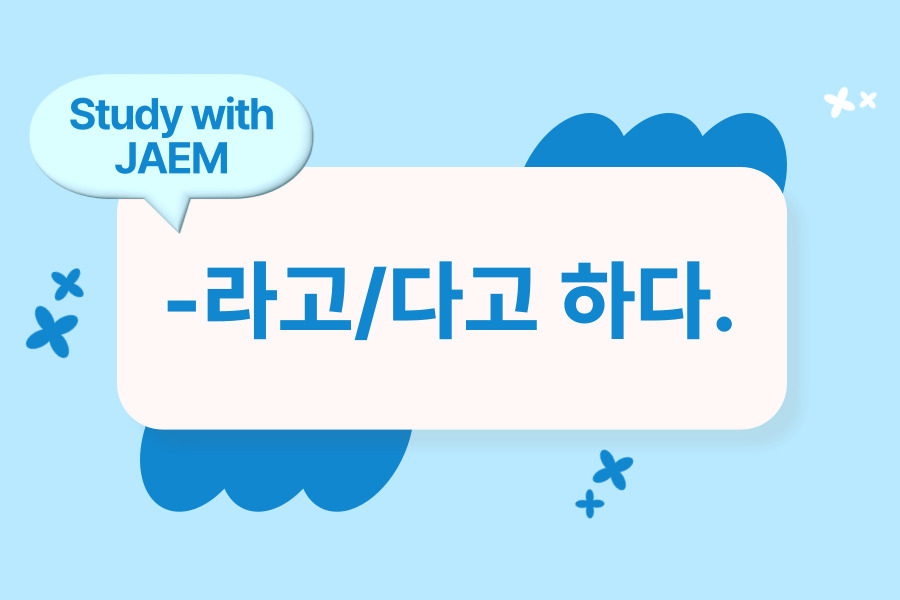
Jump to:
Grammar Explanation ‘-라고/다고 하다’
The grammar pattern ‘-라고/다고 하다’ is used to report speech, thoughts, or information. It is equivalent to saying “someone says/says that…” or “someone thinks/thinks that…” in English.
Formation:
- For verbs and adjectives, add ‘-다고 하다.’
- For direct quotations or names, add ‘-라고 하다.’
- If the stem ends in a vowel, use ‘-라고.’
- If the stem ends in a consonant, use ‘-이라고.’
Structure:
- Verb/Adjective + 다고 하다
- Noun + (이)라고 하다
| Speech Form | Form | Example Sentence |
|---|---|---|
| Verb (to go) | 간다고 하다 | 그는 학교에 간다고 해요 (He says he is going to school) |
| Adjective (pretty) | 예쁘다고 하다 | 그녀는 예쁘다고 해요 (She says she is pretty) |
| Noun (name) | 민수라고 하다 | 제 이름은 민수라고 합니다 (My name is Minsoo) |
| Noun (teacher) | 선생님이라고 하다 | 그는 선생님이라고 해요 (He says he is a teacher) |
Examples (‘-라고/다고 하다’)
Reporting Speech:
- 가다 (to go)
- 간다고 하다 = Says that (someone) goes
- 그는 학교에 간다고 해요 = He says he is going to school.
- 먹다 (to eat)
- 먹는다고 하다 = Says that (someone) eats
- 그녀는 밥을 먹는다고 해요 = She says she is eating a meal.
- 읽다 (to read)
- 읽는다고 하다 = Says that (someone) reads
- 그는 책을 읽는다고 해요 = He says he is reading a book.
- 살다 (to live)
- 산다고 하다 = Says that (someone) lives
- 그들은 서울에 산다고 해요 = They say they live in Seoul.
Reporting Thoughts:
- 좋다 (good)
- 좋다고 하다 = Thinks that (something) is good
- 이 음식이 좋다고 해요 = They say this food is good.
- 크다 (big)
- 크다고 하다 = Thinks that (something) is big
- 그 집은 크다고 해요 = They say that house is big.
- 나쁘다 (bad)
- 나쁘다고 하다 = Thinks that (something) is bad
- 날씨가 나쁘다고 해요 = They say the weather is bad.
- 예쁘다 (pretty)
- 예쁘다고 하다 = Thinks that (someone) is pretty
- 그녀는 예쁘다고 해요 = They say she is pretty.
Reporting Names:
- 민수 (Minsoo)
- 민수라고 하다 = Says (someone’s name) is Minsoo
- 제 이름은 민수라고 합니다 = My name is Minsoo.
- 학생 (student)
- 학생이라고 하다 = Says (someone) is a student
- 그는 학생이라고 해요 = He says he is a student.
- 선생님 (teacher)
- 선생님이라고 하다 = Says (someone) is a teacher
- 그녀는 선생님이라고 해요 = She says she is a teacher.
- 친구 (friend)
- 친구라고 하다 = Says (someone) is a friend
- 그는 내 친구라고 해요 = He says he is my friend.
Usage in Context
When using ‘-라고/다고 하다’ in different contexts, it emphasizes reporting speech, thoughts, or information.
Reporting Speech:
- 그는 오늘 바쁘다고 했어요 = He said he is busy today.
- 그녀는 내일 온다고 했어요 = She said she will come tomorrow.
- 그들은 여행을 간다고 했어요 = They said they are going on a trip.
- 그는 공부를 한다고 했어요 = He said he is studying.
Reporting Thoughts:
- 그녀는 이 책이 재미있다고 생각해요 = She thinks this book is interesting.
- 그는 이 영화가 좋다고 해요 = He says this movie is good.
- 그들은 이 식당이 맛있다고 해요 = They say this restaurant is delicious.
- 그녀는 이 문제가 어렵다고 했어요 = She said this problem is difficult.
Reporting Names and Titles:
- 저는 민수라고 해요 = I am called Minsoo.
- 그는 선생님이라고 해요 = He says he is a teacher.
- 그녀는 학생이라고 했어요 = She said she is a student.
- 그는 내 친구라고 해요 = He says he is my friend.
Cultural Insight: In Korean culture, accurately reporting what others say or think is important for clear communication and respect. Using ‘-라고/다고 하다’ helps convey information and opinions attributed to someone else.
Common Mistakes
Common Mistakes:
- Incorrect: 크다라고 해요 (Incorrect form)
- Correct: 크다고 해요 = Says it is big
Mistake Explanation: Ensure that the correct form ‘-다고 하다’ or ‘-라고 하다’ is used based on whether it is a verb/adjective or a noun.
Related Grammar Points
Explore these related grammar points to deepen your understanding:
- -고 있다: To express ongoing actions.
- -다고 생각하다: To express thoughts or beliefs.
- -다고 말하다: To report what someone says.
- -면서: To express simultaneous actions.
Practice Exercises
Practice Makes Perfect!
- Exercise 1: Conjugate the following verbs/adjectives/nouns using ‘-라고/다고 하다.’
- 가다 (to go)
- 먹다 (to eat)
- 예쁘다 (pretty)
- 선생님 (teacher)
Answer Key:
- 간다고 하다
- 먹는다고 하다
- 예쁘다고 하다
- 선생님이라고 하다
- Exercise 2: Create sentences using ‘-라고/다고 하다’ for the following situations:
- She says she is a student.
- He says he is reading a book.
- They say the food is delicious.
- He says his name is Minsoo.
Answer Key:
- 그녀는 학생이라고 해요.
- 그는 책을 읽는다고 해요.
- 그들은 음식이 맛있다고 해요.
- 그는 이름이 민수라고 해요.
Summary and Conclusion
Today, we covered the grammar point ‘-라고/다고 하다’ and how to use it to report speech, thoughts, or information in Korean. This pattern is essential for accurately conveying what others say or think and for clear communication. Continue practicing with our workbook and check out related lessons for more in-depth learning.
If you have any questions or suggestions, feel free to comment below. Happy learning!
Learn Real Korean with JAEM!
Learn Korean with JAEM Korean App & 4-week Challenge: Discover the best way to learn real Korean with our comprehensive app. Enjoy a wide variety of free lessons and courses designed to help you master the language. Also, our unique 4-week challenge program guides you from an upper-beginner level to a master course, all under the guidance of Native Korean Coaches. Whether you’re just starting out or looking to refine your skills, this program offers an effective path to fluency.
AI Korean Writing Practice Program: Take your Korean writing to the next level with JAEM TOPIK, our innovative AI writing practice program. This service provides personalized feedback and practical tips tailored to your learning needs. With a focus on improving your Korean writing, JAEM TOPIK also offers specific strategies for excelling in the TOPIK exam. Benefit from expert insights and targeted advice to enhance your proficiency and confidence in writing.
Our Book: Additionally, explore our comprehensive book that covers essential Korean language skills and strategies. This valuable resource complements our app and AI program, providing a holistic approach to mastering Korean.
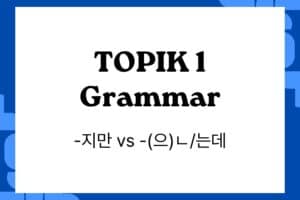
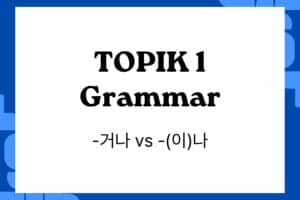
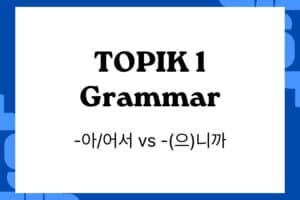
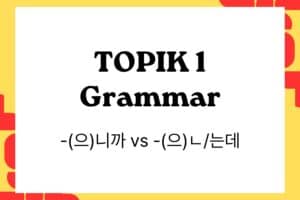
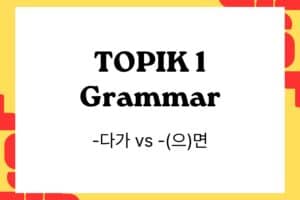
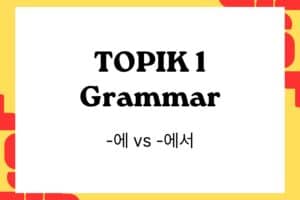
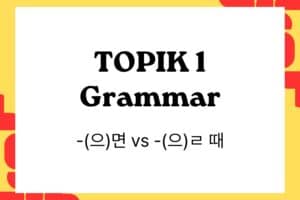
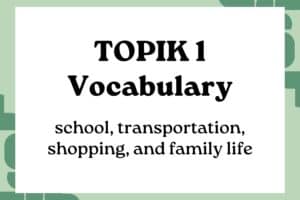
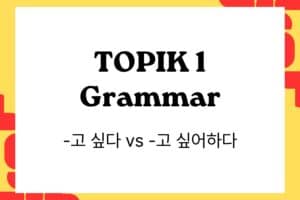

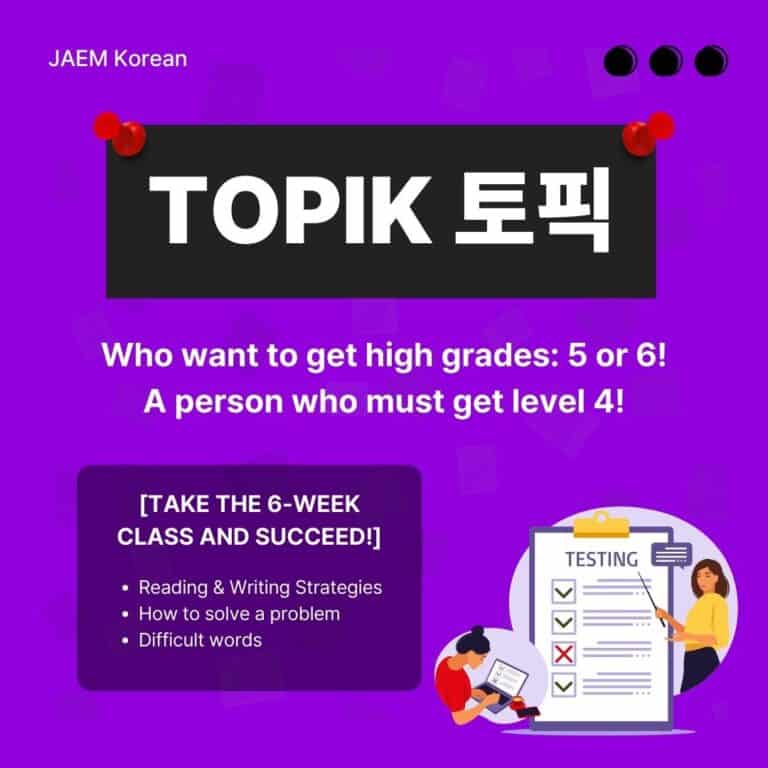
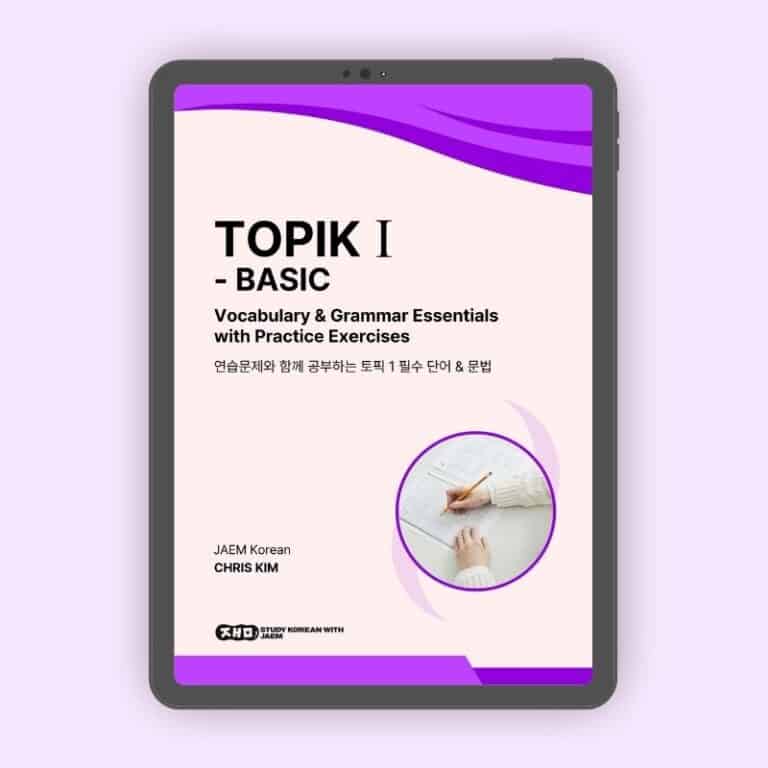
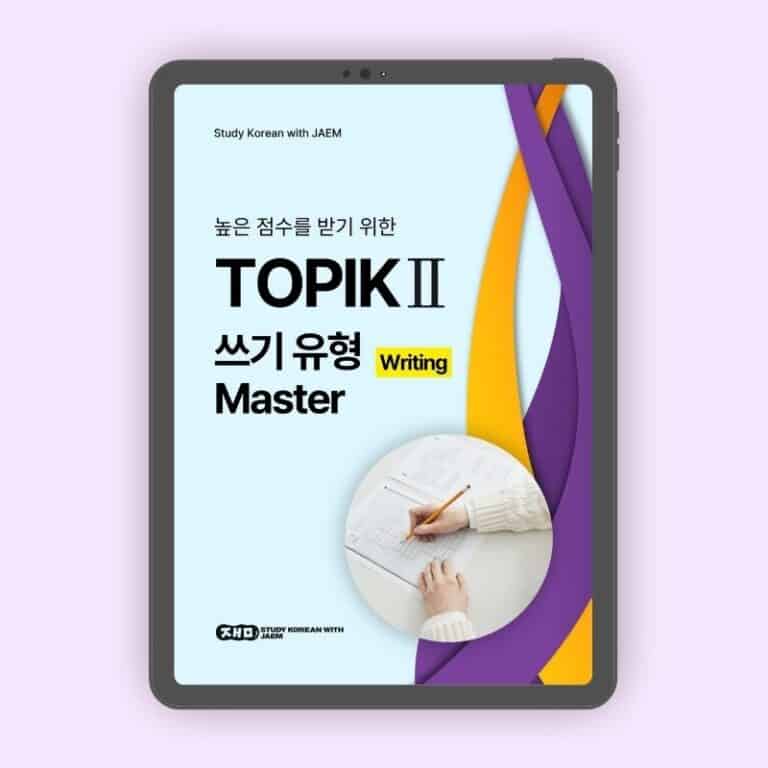
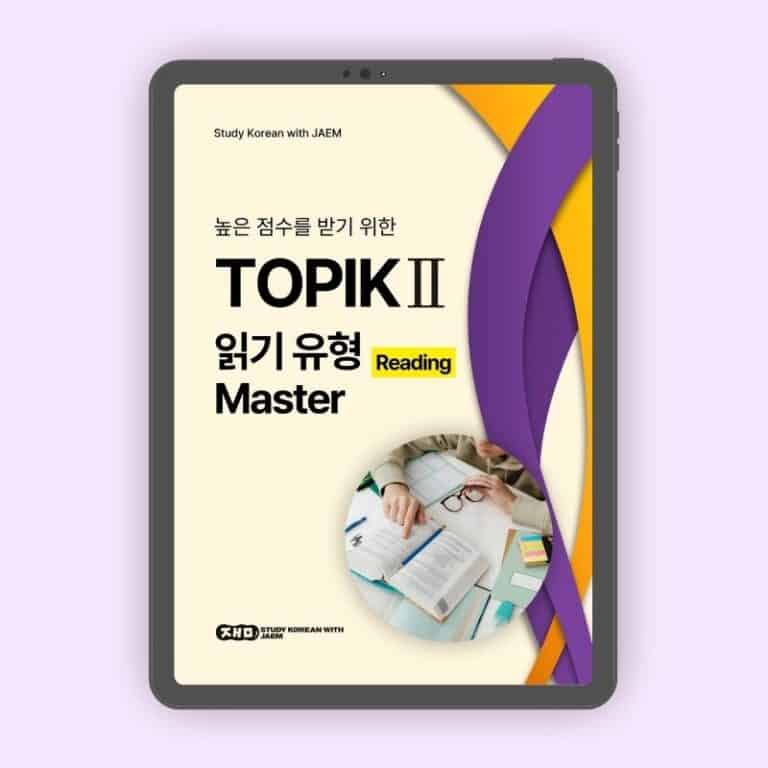

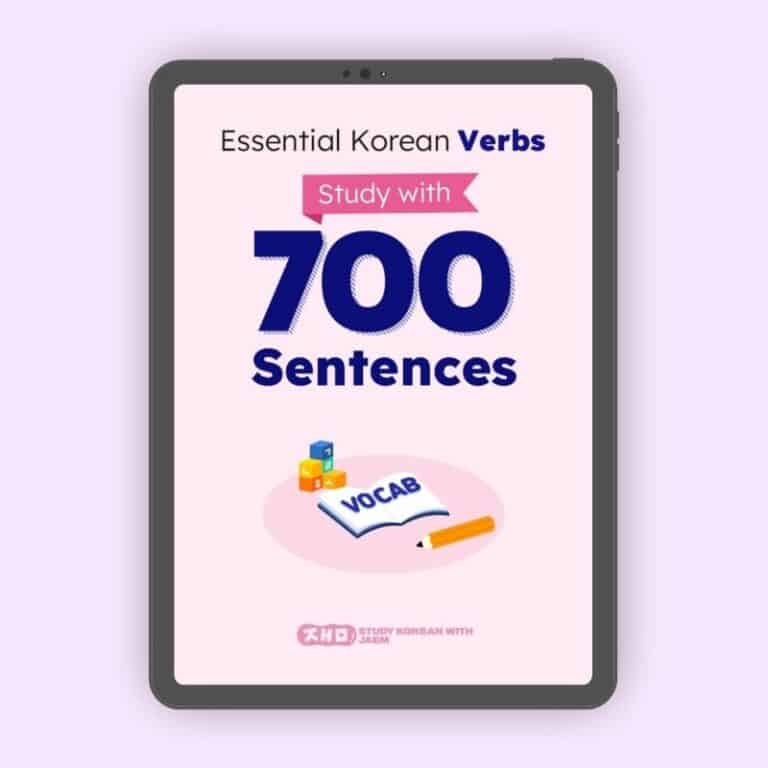
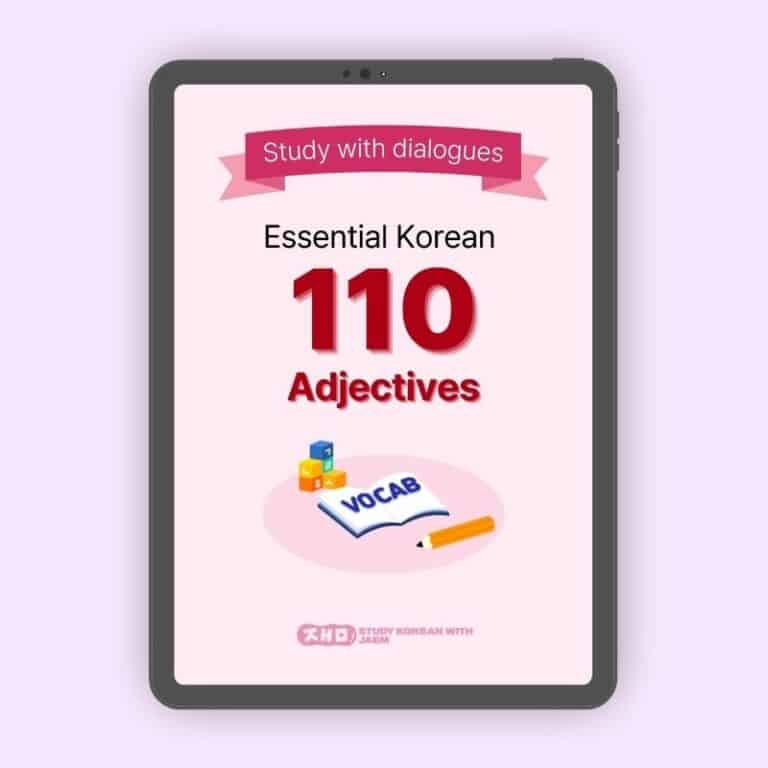

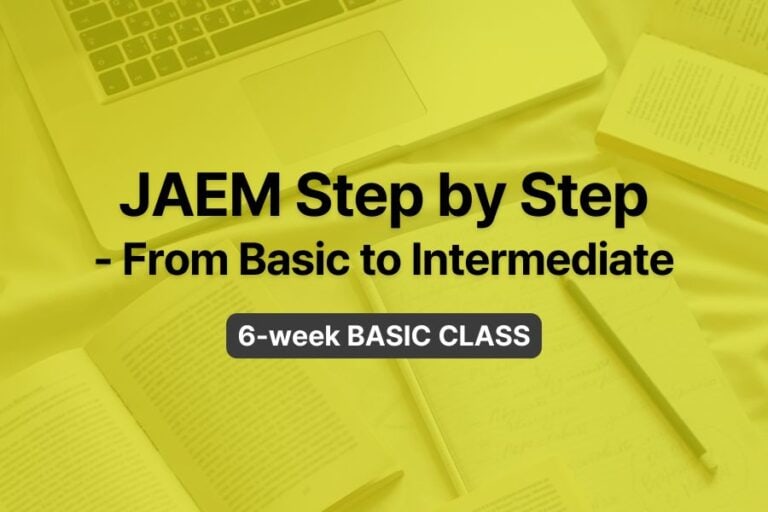

Responses